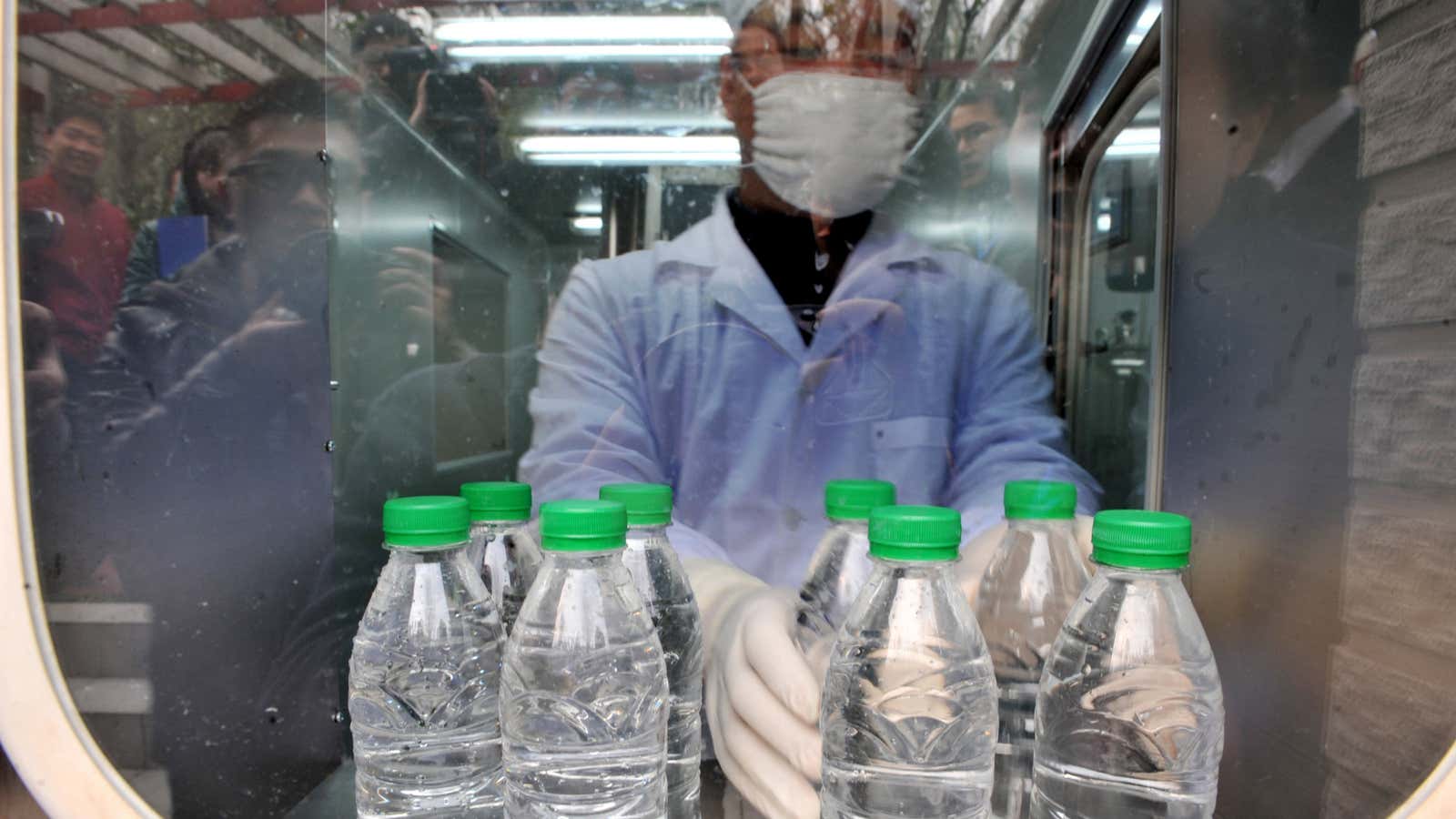The unprocessed sewage sludge “jiggled in the truck’s bed like gelatin” as it left a Beijing waste treatment plant, recounted a reporter for the Chinese magazine Caixin, before the toxic sewage treatment byproduct was unceremoniously dumped in a farmer’s field under cover of darkness.
That solitary truckload is a harbinger of a huge environmental problem for China. Sludge is essentially concentrated human excrement: intensely odorous, rife with dangerous bacteria, and often laced with toxic chemicals from industrial run-off. China produces an estimated 28 to 30 million tons of the stuff annually, or up to 82,000 tons a day. The majority of sludge from urban areas is treated before being stored in a landfill, but as Caixin’s report shows, large quantities of untreated sludge are often secretly dumped, where they can cause disease outbreaks and poison the country’s water supply.
But it doesn’t have to be that way. Experts have come to realize that properly managed, sewage sludge can be hugely valuable. “International best practice now recognizes sewage sludge as a resource rather than a liability,” an Asian Development Bank study concluded last year.
How do you turn gelatinous, stinky, unprocessed sludge into something useful? It depends how nasty it is to begin with. To safely use sludge as fertilizer, a procedure known as high-temperature anaerobic fermentation is used to kill dangerous bacteria. In some cases gases like methane that are produced by the process can be used in a power plant. Sludge with too many toxic chemicals to use as fertilizer can be burned in an incinerator to heat buildings, or stabilized and used to make cement or bricks.
All of these methods require money, of course, and China has earmarked $4.9 billion in 2011-2015 for facilities to treat and dispose of sludge, but the details of who will pay and which systems will be put in place are still vague. In the meantime it’s is becoming a huge private sector business; an IBISWorld report estimates the Chinese sewage treatment industry will grow 17.5% to $3.4 billion in 2013—proving even brown sewage sludge has a silver lining.




